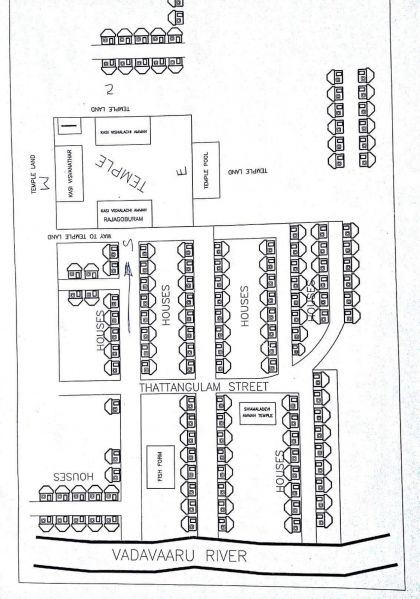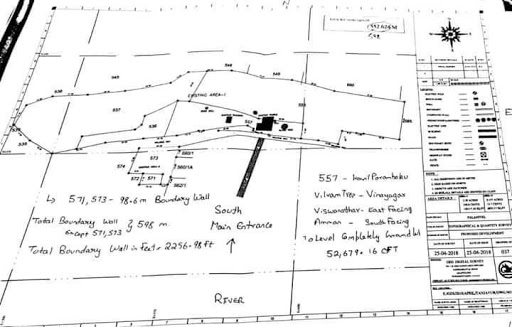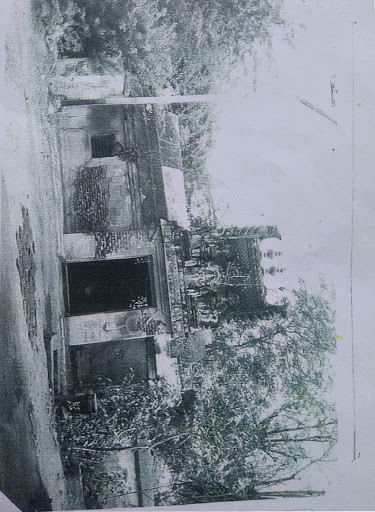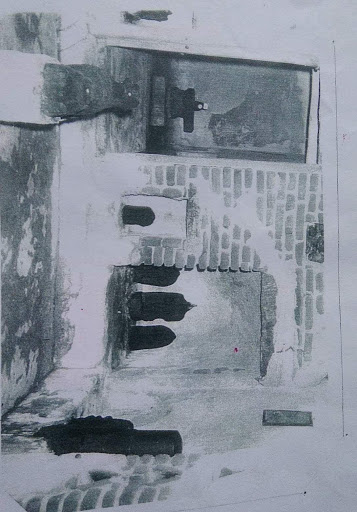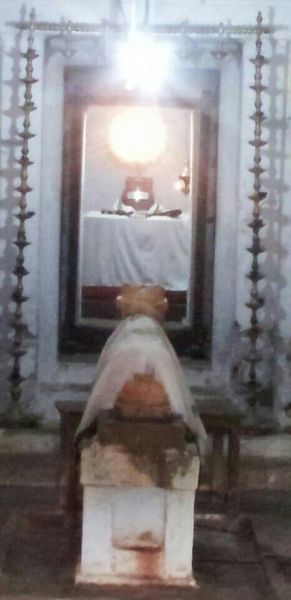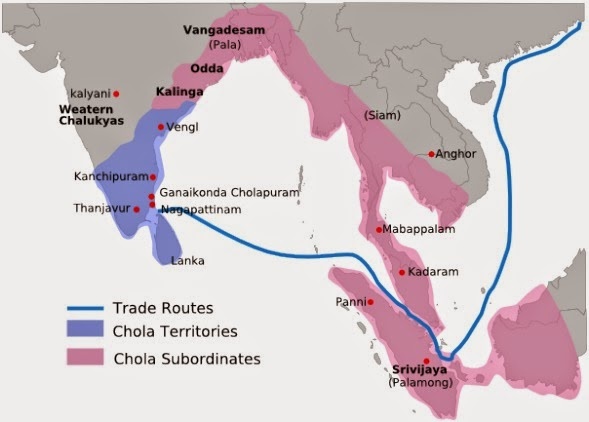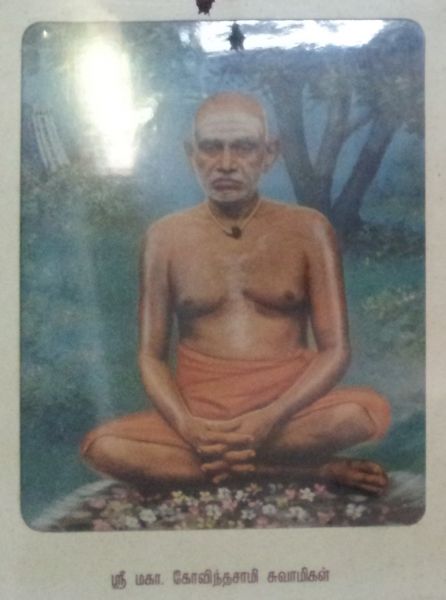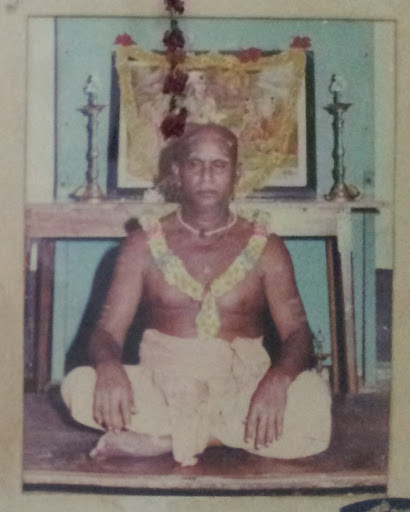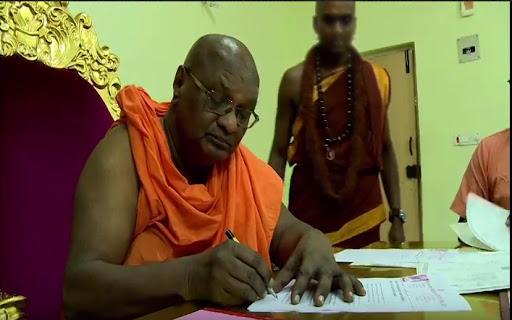Difference between revisions of "Kailasa Paramparagatha Sūrya Vaṃśa Chola Samrajya Sarvajnapeetham"
| Line 27: | Line 27: | ||
<gallery mode=packed heights=400px> | <gallery mode=packed heights=400px> | ||
| − | File: | + | File:jnanadesikarjivasamadhi.jpg|alt=see caption|Above is the jīva samādhi (final resting place of mortal remains) of Sri Palaya Jnandesikar Swamigal. |
</gallery> | </gallery> | ||
| Line 43: | Line 43: | ||
<gallery mode=packed heights=400px> | <gallery mode=packed heights=400px> | ||
| − | File: | + | File:chola-map.jpg|alt=see caption|Reign of The Chola Kingdom Circa 1000 CE |
</gallery> | </gallery> | ||
Revision as of 17:03, 8 October 2019
Karanthai - headquarters of the Kailaasa Paramparagatha Sūrya Vaṃśa Sarvajnapeetha Chola Samrajyam ruling from Thanjavur
On April 15, 2014 His Divine Holiness Bhagavan Sri Nithyananda Paramashivam was coronated as the Supreme Pontiff of the Kailaasa Paramparagatha Sūrya Vaṃśa Sarvajnapeetha Chola Samrajyam (spiritual and religious kingdom) ruling from Thanjavur. The headquarters and Palace of the Peetham is in Karanthai. The temple here is dedicated to Paramasiva and exists from time immemorial, worshipped by generations of people. It is older than even the architectural marvel Brihadeeswarar temple built by the Chola King Raja Raja Cholan in 1010 CE. It is called the “Kashi Vishwanathar temple” having the same presiding deities of Kasi Vishwanathar and His Divine Consort Kasi Visalakshi as in the world-renowned Kashi Vishwanathar temple in Varanasi (Kashi), North India. The temple is worshipped as a “mukti sthal” meaning “sacred place of liberation” just like how Kashi is worshipped from yore. The Shiva linga (deity form of Paramasiva), Goddess Visalakshi and other deities are seen here. The other deities are: Ganesha, Muruga and His Consorts Valli and Deivanai, Mahalakshmi, Dakshinamurti, Chandikeshwara, Surya, Bhairava, Shiva, Nagar, Banam (Shiva linga linga), Nandi, Peetham.
The temple is located near the river Vadavaaru, a branch of the sacred Kaveri. It is said to bestow the same benefit as the sacred Ganga on whosoever dips in its sacred waters. The main deity, the Shiva linga is believed to have been brought from Kashi which is why the same name.
Palswamy mutt
The ancient Aadheenams (monasteries) - Sri Palswamy Mutt and Sri Sankara Swami Mutt in Thanjavur, serve under the Sri Kashi Vishwanathar temple in Thanjavur owned and governed by His Divine Holiness.
Sri Palaya Jnandesikar Swamigal is the founder as per recorded History of the Palswamy mutt. The Palswamy mutt is one of the ancient monastery complexes which is a heritage property of a sage by name Palswamy. He expressed extraordinary powers such as disappearing in one place and appearing in another. He healed and enriched the people living in the surrounding community.
After the demise of the sage around 1000 yrs ago, King Rajarajachola (https://en.wikipedia.org/wiki/Raja_Raja_Chola_I) installed a Śivaliṅga (deity form of Paramashiva, the Primordial Hindu Divinity) in this monastery complex. The Chola kingdom came into being later in this region and served as the administrative regent of the region.
The monasteries remained under the direct representative and legal heir of Paramashiva, the Pontiff. Paramashiva is worshipped here in deity form. The Pontiff ensures that all the spiritual and religious activities of the kingdom happen as per the methods prescribed in the sacred scriptures. He personally conducts the daily worship at the monastery to the deity of Paramashiva, as well as all the festivals and rituals associated with the deity.
Some of the earlier pontiffs of Palswamy mutt:
Coronation
Video of Coronation of His Divine Holiness
Video-Link : https://www.youtube.com/watch?v=GrIzOeBwavc
The recorded lineage of succession
Thavathiru Palsamigal - 1788 TO 1881
Thavathiru Palayagovinda Swamigal - 1881 TO 1902
Poondi Sri Brahmananda Swamigal - 1902 TO 1903
Sellappa Jnanadesika Swamigal - 1903 TO
Veerasekara krishna Swamigal - TILL 1942
Maha Govinda Swamigal - 1942 TO 1947
Maha Go Vasudeva Swamigal - 1947 TO 1956
Maha Govinda Swamigal - 1956 TO 1959
Mu. Go. Krishna Swamigal - 1959 TO
Swami Akilananda - 1990 TO 1991
Swami Atmanandar - 1991 TO 2014
